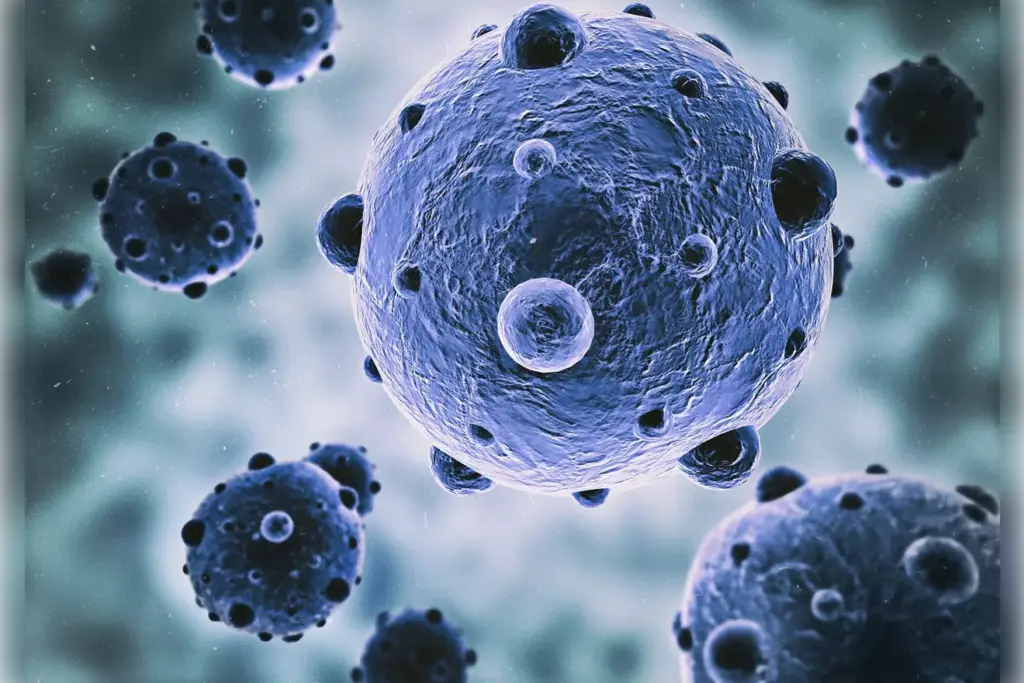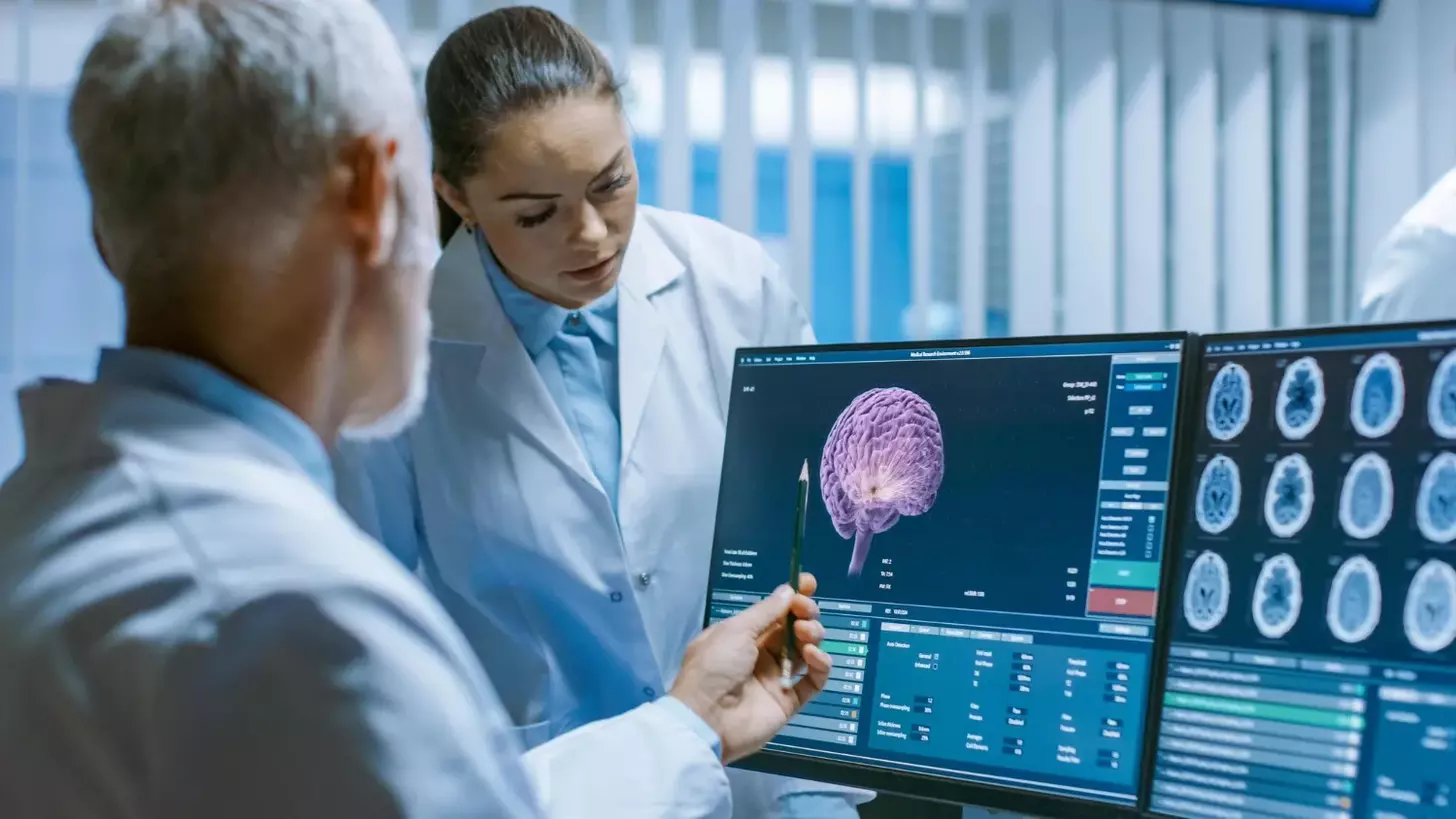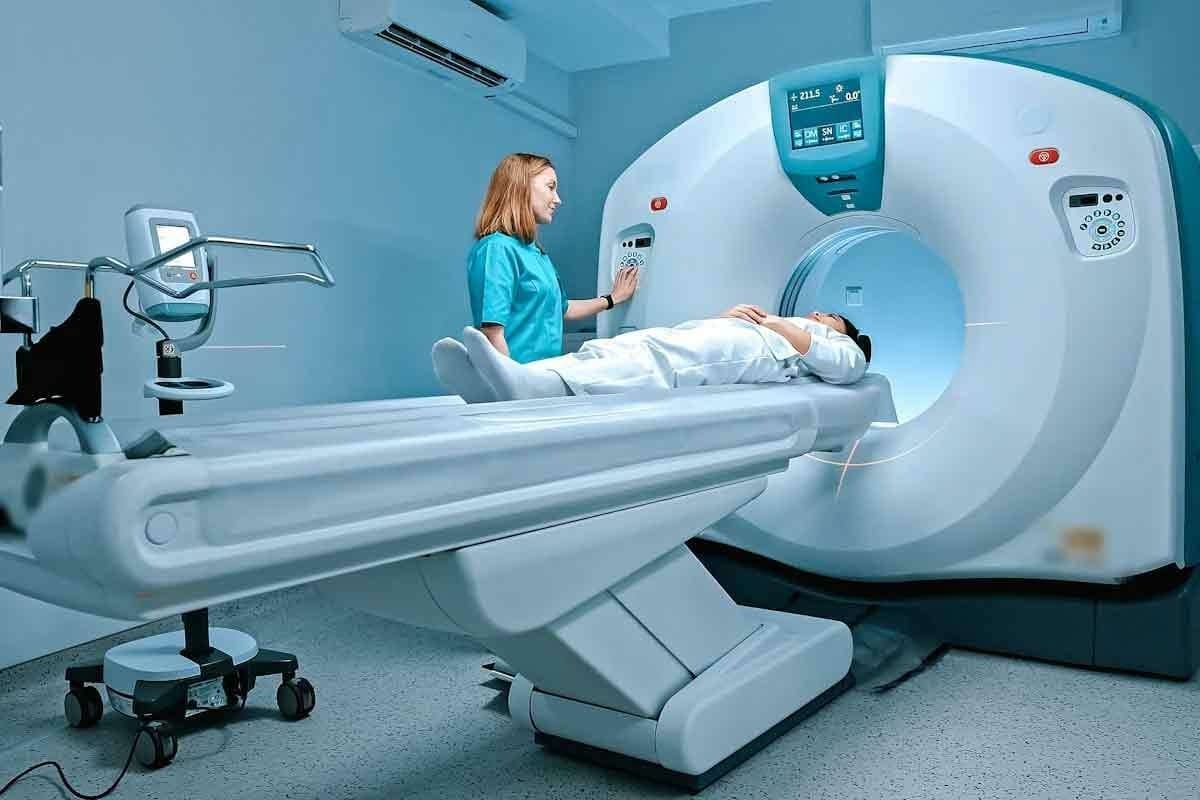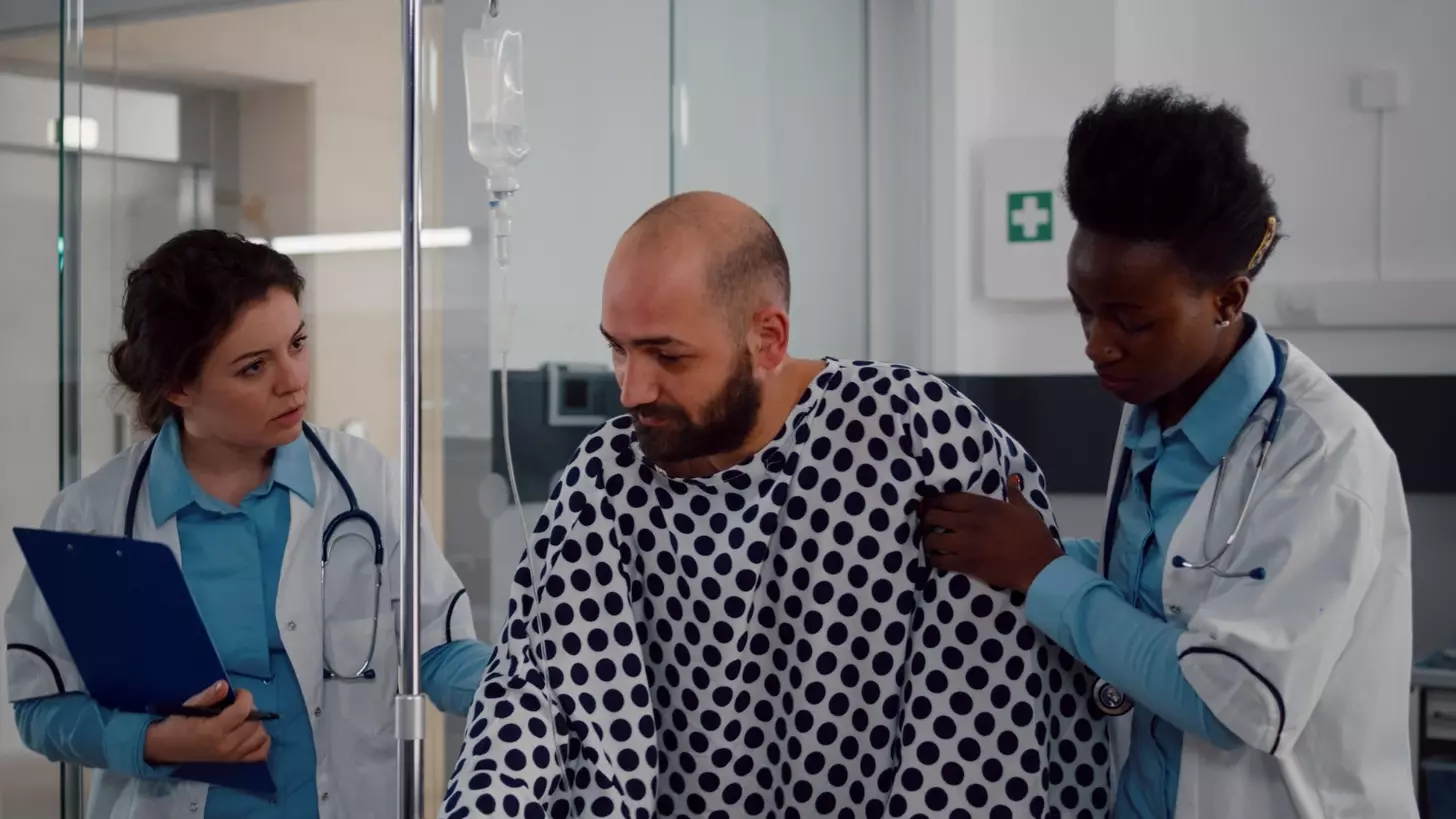Last Updated on November 26, 2025 by Bilal Hasdemir
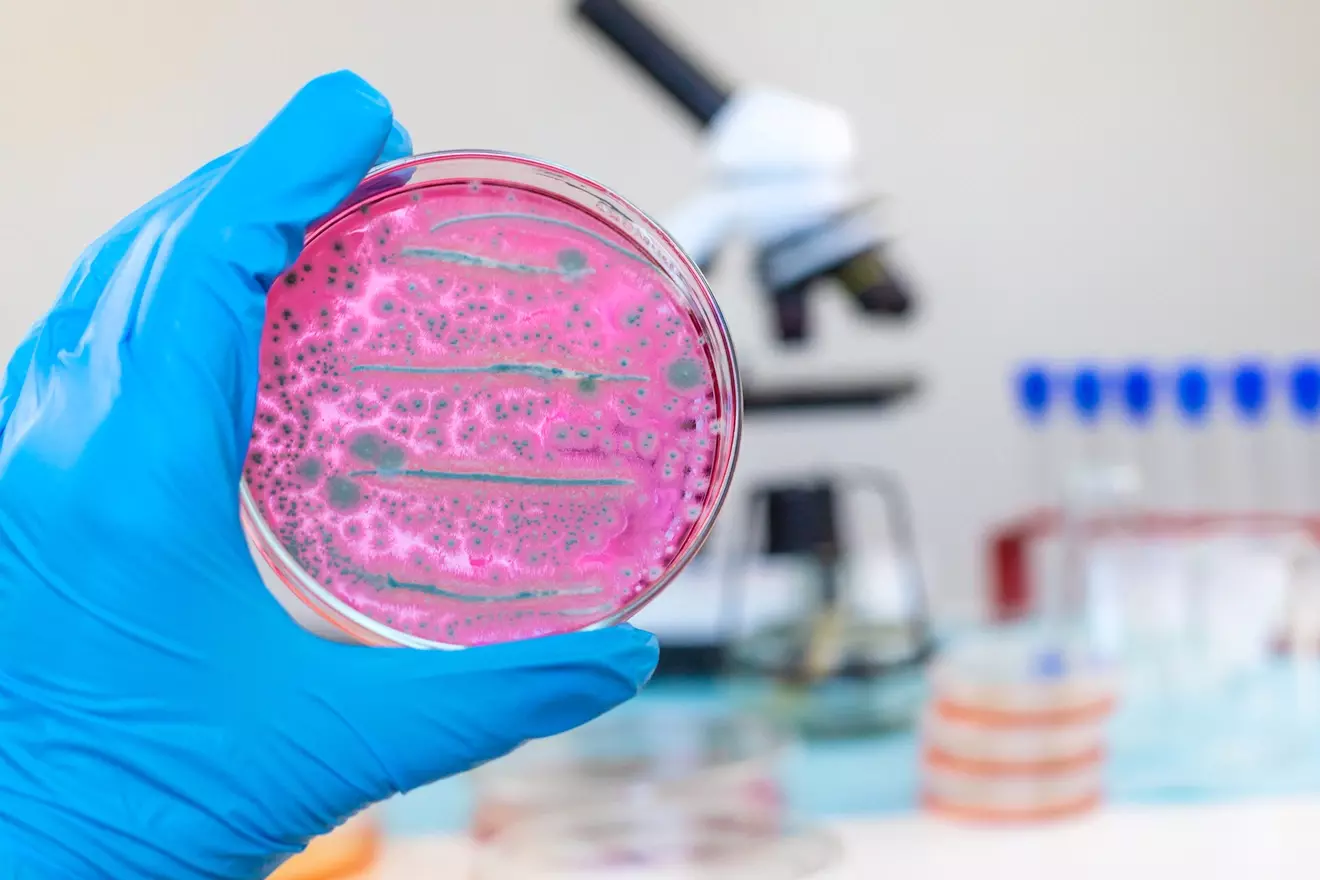
We look into the important role of B cells in our immune system. They are key in making antibodies. Lymphoid cells are essential for our body’s defense against infections.
Lymphocytes are the main players in our immune system’s fight against pathogens. B cells are special because they make antibodies. These antibodies help get rid of harmful invaders in our body.
Key Takeaways
- B cells are the lymphoid cells responsible for producing antibodies.
- Antibody production is a critical function of the immune system.
- Lymphocytes are made in the bone marrow and mature in various lymphoid organs.
- The process of antibody production involves the activation of B cells.
- Understanding B cells and antibody production can provide insights into immune-related disorders.
The Immune System: Our Body’s Defense Mechanism
It’s important to know how our body fights off threats. The immune system is made up of cells, tissues, and organs. They work together to keep us safe from harmful germs and substances.
The immune system has two main parts: innate and adaptive. Innate immunity is the first defense. It uses barriers like skin and mucous membranes, and cells like neutrophils and macrophages.
Innate vs. Adaptive Immunity
Adaptive immunity is a more specific defense that takes time to develop. It involves lymphocytes, which remember specific germs. This memory helps fight off germs faster next time.
Innate immunity acts fast, often in hours. Adaptive immunity takes days. But they work together for better protection against many germs.
The Role of Lymphocytes in Immune Defense
Lymphocytes, like B cells and T cells, are key to adaptive immunity. B cells make antibodies that mark germs for destruction. T cells can kill infected cells or help other immune cells.
Lymphocytes are vital for specific and lasting immunity. They help the immune system fight off germs and keep us safe over time.
Understanding Lymphocytes: Key Players in Adaptive Immunity
Lymphocytes, including T cells, B cells, and NK cells, are vital for a strong immune response. They are not the same; each type has its own role in defending our body against pathogens.
Types of Lymphocytes: T Cells, B Cells, and NK Cells
There are three main types of lymphocytes, each with a unique role in our immune defense. B cells, also known as B lymphocytes, are key in producing antibodies. These antibodies recognize and bind to specific antigens, helping to neutralize or remove them.
T cells are involved in cell-mediated immunity. They can directly kill infected cells or produce signals that activate the immune response. There are different subtypes of T cells, each with specific functions.
NK cells, or natural killer cells, are also vital. They can kill tumor cells and virus-infected cells without prior sensitization. This provides an immediate defense against harmful invaders.
Distinguishing Features of Lymphocytes
Lymphocytes can be distinguished by their surface receptors, functions, and roles in the immune response. For example, B cells have surface-bound antibodies that serve as receptors for antigens.
T cells have T cell receptors (TCRs) that recognize antigens presented by MHC molecules on antigen-presenting cells. NK cells, without specific antigen receptors like B and T cells, have activating and inhibitory receptors that control their cytotoxic activity.
Understanding these differences is key to seeing how lymphocytes work together for complete immune protection.
B Lymphocytes: The Antibody Factories
B cells start their journey in the bone marrow, a spongy tissue in our bones. They are white blood cells that fight infections by making antibodies. This is a key role in our immune system.
Development and Maturation of B Cells
B cells grow and mature in the bone marrow. This journey involves several stages, from stem cells to mature B cells. The development of B cells is a complex process that involves the rearrangement of genes to create a unique B cell receptor on each B cell.
During their growth, B cells go through quality checks. If a B cell can’t make a working B cell receptor, it dies. This ensures our immune system works well.
| Stage | Description |
|---|---|
| Hematopoietic Stem Cell | The initial stage where stem cells have the ability to become different blood cells. |
| Pro-B Cell | The stage where the cell starts to become a B cell. |
| Pre-B Cell | The stage where the cell begins to rearrange its immunoglobulin genes. |
| Immature B Cell | The stage where the cell expresses a complete B cell receptor but has not yet encountered antigen. |
| Mature B Cell | The final stage where the B cell is ready to respond to antigens. |
B Cell Receptors and Antigen Recognition
The B cell receptor (BCR) is key for B cells to recognize antigens. The BCR is made of membrane-bound immunoglobulin molecules specific to certain antigens. When a B cell finds an antigen that matches its BCR, it gets activated.
“The recognition of antigens by B cells is a critical step in the adaptive immune response. It leads to the production of antibodies that can neutralize or remove pathogens from the body.”
After activation, B cells turn into plasma cells. These are the factories for making antibodies. The antibodies are specific to the antigen that triggered the B cell, ensuring a targeted response to infections.
In summary, B cells are vital for our immune defense. Their development, maturation, and antigen recognition are complex processes essential for antibody production. Understanding these processes helps us see how our immune system works and how to support it.
Which Lymphoid Cells Produce Antibodies?
Antibodies are made by certain lymphoid cells that turn into efficient factories. We’ll look at how B cells change into plasma cells. These cells are key in making antibodies.
B Cells vs. Plasma Cells in Antibody Production
B cells, or B lymphocytes, are vital in the adaptive immune system. They don’t make antibodies directly. Instead, they turn into plasma cells, which do.
It’s important to know the difference between B cells and plasma cells. B cells start as precursors. They become activated and turn into plasma cells when they find an antigen. Plasma cells then make lots of antibodies.
The Transformation from B Cell to Plasma Cell
The change from B cell to plasma cell is complex. It involves several steps and changes. When B cells find an antigen, they get activated and start to multiply.
Some of these activated B cells become plasma cells. Others become memory B cells. Memory B cells help us fight off infections in the future.
| Characteristics | B Cells | Plasma Cells |
|---|---|---|
| Primary Function | Antigen Recognition | Antibody Production |
| Lifespan | Variable, can become memory cells | Short-lived, several days to weeks |
| Antibody Production | Limited | High-volume production |
In summary, B cells start the immune response, but plasma cells make the antibodies. Knowing this helps us understand how our immune system fights off diseases.
Plasma Cells: Specialized Antibody-Secreting Machines
Plasma cells are key players in our immune system. They are like factories that make antibodies to fight off infections. These cells are essential for our defense against pathogens.
Structure and Function of Plasma Cells
Plasma cells are highly specialized in making antibodies. They have a lot of endoplasmic reticulum to produce and secrete antibodies. Their main job is to make antibodies that can recognize and bind to specific antigens, helping to remove pathogens from our bodies.
Plasma cells are built for their job. They have a big nucleus and lots of cytoplasm. This unique cellular architecture lets them make antibodies quickly and efficiently. They are vital for a strong humoral immune response.
Lifespan and Regulation of Plasma Cells
Plasma cells can live for different lengths of time. Some last just a few days, while others can live for months or even years. The long-lived ones are important for long-term immunity against certain pathogens.
Many factors control plasma cells, like cytokines and immune signals. This control makes sure antibody production matches the immune challenge. It also helps scale back production when the threat is gone.
| Characteristics | Short-lived Plasma Cells | Long-lived Plasma Cells |
|---|---|---|
| Lifespan | Few days to weeks | Months to years |
| Antibody Production | High during acute infection | Sustained over long periods |
| Role in Immunity | Immediate response to infection | Long-term immune memory |
Understanding plasma cells and their role in the humoral immune response is key. They produce antibodies that protect us from infections. This shows how our bodies defend us from harm.
Memory B Cells: Guardians of Long-term Immunity
Memory B cells are key players in our immune system. They help us fight off infections better the second time around. These cells remember past infections and prepare us for future battles.
Formation of Memory B Cells
Memory B cells start forming during our first fight against an infection. B cells meet their specific antigen and grow. Some become plasma cells, making antibodies, while others become memory B cells. This process needs T cell help and happens in lymphoid organs.
Memory B cells have special traits:
- They live a long time, ready to fight for years or a lifetime.
- They can quickly respond to the same antigen again.
- They have a strong bond with their specific antigen.
- They can turn into antibody-making plasma cells when needed.
Role in Secondary Immune Responses
Memory B cells are vital in our second defense against infections. When we meet the same pathogen again, memory B cells spring into action. They quickly grow and turn into plasma cells, making strong antibodies to fight the pathogen.
The benefits of memory B cells in secondary responses are clear:
- Rapid Response: They can fight off pathogens fast, protecting us before harm is done.
- Enhanced Affinity: Their antibodies are more effective at neutralizing pathogens.
- Increased Quantity: More plasma cells are made, leading to stronger antibody production.
Memory B cells are key to our long-term defense against infections. They remember past threats and quickly respond to new ones, keeping us safe.
Where Are Lymphocytes Made? The Journey Begins
Our journey to understand where lymphocytes are made starts with identifying the primary site of lymphopoiesis. Lymphopoiesis is the process by which lymphocytes are produced. It is a critical aspect of our immune system’s development and function.
Bone Marrow: The Primary Site of Lymphopoiesis
The bone marrow is the spongy tissue inside some of our bones, such as the hips and thighbones. It is responsible for producing blood cells. Here, hematopoietic stem cells reside, giving rise to all blood cell types, including lymphocytes.
The bone marrow provides a nurturing environment for the development and maturation of lymphocytes. Lymphopoiesis in the bone marrow involves the differentiation of hematopoietic stem cells into lymphoid progenitor cells. These cells then mature into various types of lymphocytes, including B cells and T cells.
This process is critical for the development of our immune system.
Hematopoietic Stem Cells and Lymphoid Progenitors
Hematopoietic stem cells are the precursors to all blood cells. They have the unique ability to self-renew and differentiate into various cell types. In the context of lymphopoiesis, these stem cells give rise to lymphoid progenitor cells, which are committed to becoming lymphocytes.
The journey from hematopoietic stem cells to mature lymphocytes involves several stages of differentiation and maturation. Understanding this process is essential for appreciating how our immune system is generated and maintained.
Primary Lymphoid Organs: Nurseries for Lymphocyte Development
Primary lymphoid organs are key in the early stages of lymphocyte development. They are where lymphocytes, a vital white blood cell, mature and become ready to fight off infections.
B Cell Development in the Bone Marrow
The bone marrow is where B cells develop and mature. This process includes rearranging genes to create a unique B cell receptor. This receptor lets each B cell recognize specific antigens.
B cell development in the bone marrow involves several important steps:
- The rearrangement of immunoglobulin genes to form a unique B cell receptor.
- Selection processes to eliminate B cells that are self-reactive.
- Maturation into functional B cells ready to respond to antigens.
T Cell Education in the Thymus
T cells develop and are selected in the thymus. The thymus is vital for removing T cells that might attack the body’s own tissues. This helps prevent autoimmune diseases.
T cell education in the thymus is complex. It includes positive selection to ensure T cells can recognize self-MHC molecules. It also includes negative selection to eliminate T cells that react against self-antigens.
Secondary Lymphoid Organs: Where Lymphocytes Function
Secondary lymphoid organs are key places where lymphocytes, like B cells and T cells, meet antigens. Here, they get activated, grow, and change. These organs help our body fight off specific threats by creating targeted defenses.
Lymph Nodes, Spleen, and MALT
Lymph nodes, spleen, and mucosa-associated lymphoid tissue (MALT) are the main secondary lymphoid organs. Lymph nodes filter lymph fluid, catching pathogens and antigens. Lymphocytes then recognize them. The spleen filters blood, removing old red blood cells and housing lymphocytes for blood-borne threats. MALT protects mucosal surfaces like the gut and lungs from invaders.
Each organ has a special structure for lymphocytes and antigens to meet. For example, lymph nodes have areas for B cells and T cells. This helps in efficient antigen presentation and lymphocyte activation.
Germinal Centers: Where B Cells Become Antibody Specialists
In lymph nodes and other secondary lymphoid organs, germinal centers form. They are where B cells multiply, change, and get selected. B cells here get better at making antibodies through somatic hypermutation.
This process is vital for a strong immune response. It helps our immune system get better at fighting pathogens over time. This leads to long-lasting immunity.
Antibody Structure and Function: The Products of B Cells
Antibodies, also known as immunoglobulins, are vital proteins made by B cells. They are key to our immune system. These Y-shaped proteins find and stick to specific antigens. This helps to neutralize or remove harmful pathogens from our body.
Immunoglobulin Classes and Their Roles
There are five types of immunoglobulins: IgA, IgD, IgE, IgG, and IgM. Each type has its own special job in fighting off infections.
| Immunoglobulin Class | Primary Role | Location |
|---|---|---|
| IgA | Mucosal immunity | Mucosal surfaces |
| IgD | Antigen receptor on B cells | B cell surface |
| IgE | Allergy and parasite immunity | Bound to mast cells and basophils |
| IgG | Secondary immune response, crosses placenta | Blood, tissues |
| IgM | Primary immune response | Blood |
How Antibodies Neutralize Threats
Antibodies fight threats in several ways. They can directly block pathogens from attaching to host cells. They also mark pathogens for destruction, making it simpler for immune cells to find and eat them.
Knowing how antibodies work is key to understanding our immune system’s defense. By learning about the different types of antibodies and their roles, we can see how complex and amazing our immune defense is.
Conclusion: The Remarkable Journey of Antibody Production
We’ve looked into how antibodies are made, a key part of our immune system. It starts with B cells in the bone marrow. They grow and learn to spot specific germs.
When B cells find their matching germ, they get to work. They multiply and turn into plasma cells. These cells make antibodies to fight off germs.
This whole process is complex but very important. It helps keep us safe from sickness. Knowing how it works helps us make new treatments and vaccines.
As we learn more about our immune system, antibodies play a big role. They help us fight off diseases.
FAQ
Which lymphoid cells are responsible for producing antibodies?
B cells, also known as B lymphocytes, produce antibodies. They turn into plasma cells. These cells make lots of antibodies.
What is the difference between B cells and plasma cells?
B cells recognize antigens and grow into plasma cells. Plasma cells then make and release lots of antibodies.
Where are lymphocytes made?
Lymphocytes, like B cells and T cells, are made in the bone marrow. This is where they start their journey.
What is the role of the bone marrow in lymphocyte development?
The bone marrow is key for B cell growth and maturation. It’s where B cells start and grow.
What is the function of secondary lymphoid organs in the immune response?
Secondary lymphoid organs help lymphocytes meet antigens. This is where immune responses start.
How do B cells recognize antigens?
B cells use their surface receptors to find antigens. This is how they start making antibodies.
What is the role of memory B cells in long-term immunity?
Memory B cells help fight infections over time. They quickly make antibodies when needed.
What are the different classes of immunoglobulins and their roles?
Immunoglobulins include IgA, IgD, IgE, IgG, and IgM. Each class has a role in fighting infections.
How do antibodies neutralize threats?
Antibodies bind to pathogens, marking them for destruction. They also prevent pathogens from harming host cells.
What is the significance of germinal centers in B cell development?
Germinal centers are important for B cell development. They help B cells make high-affinity antibodies, leading to effective immune responses.


